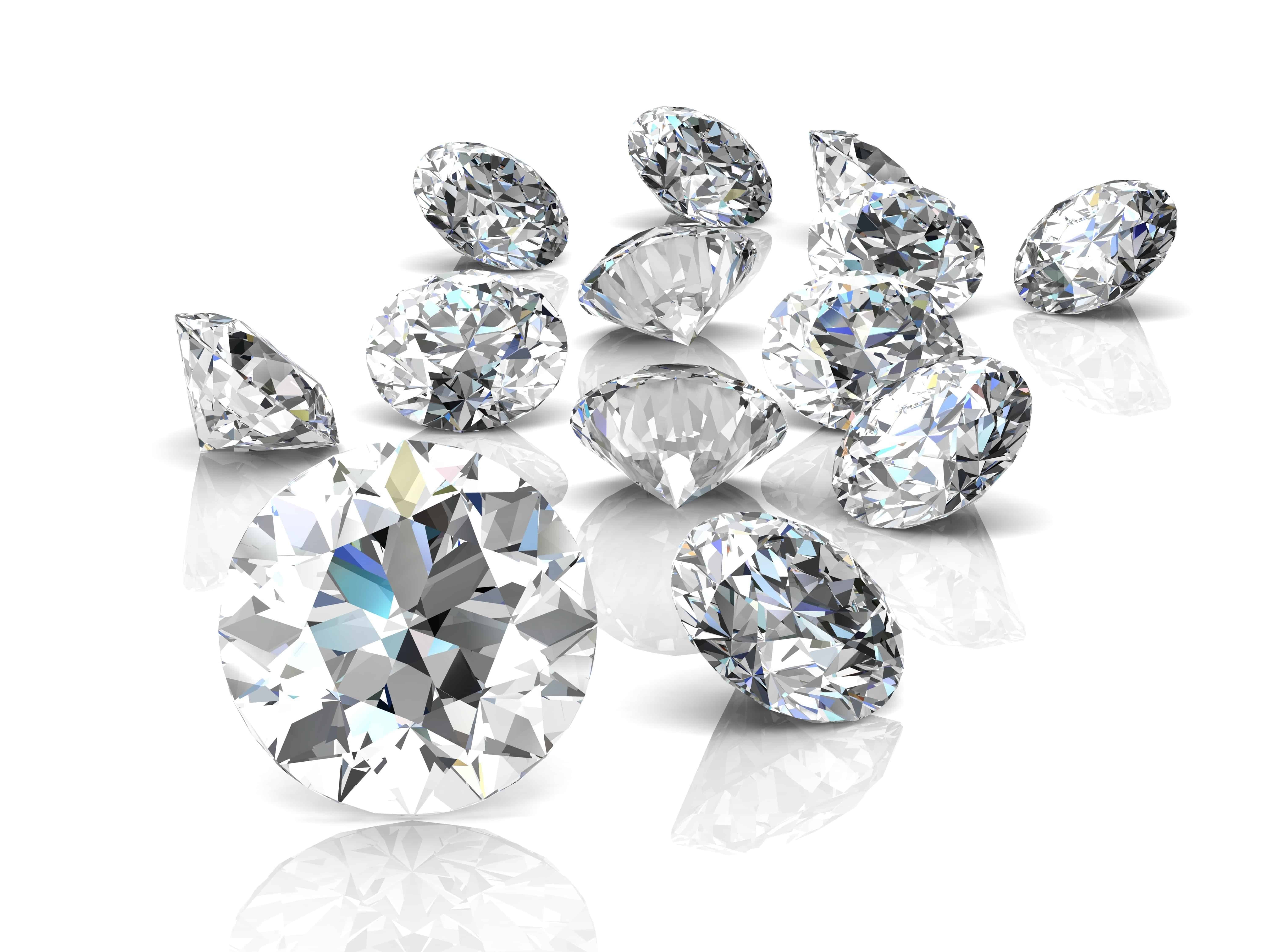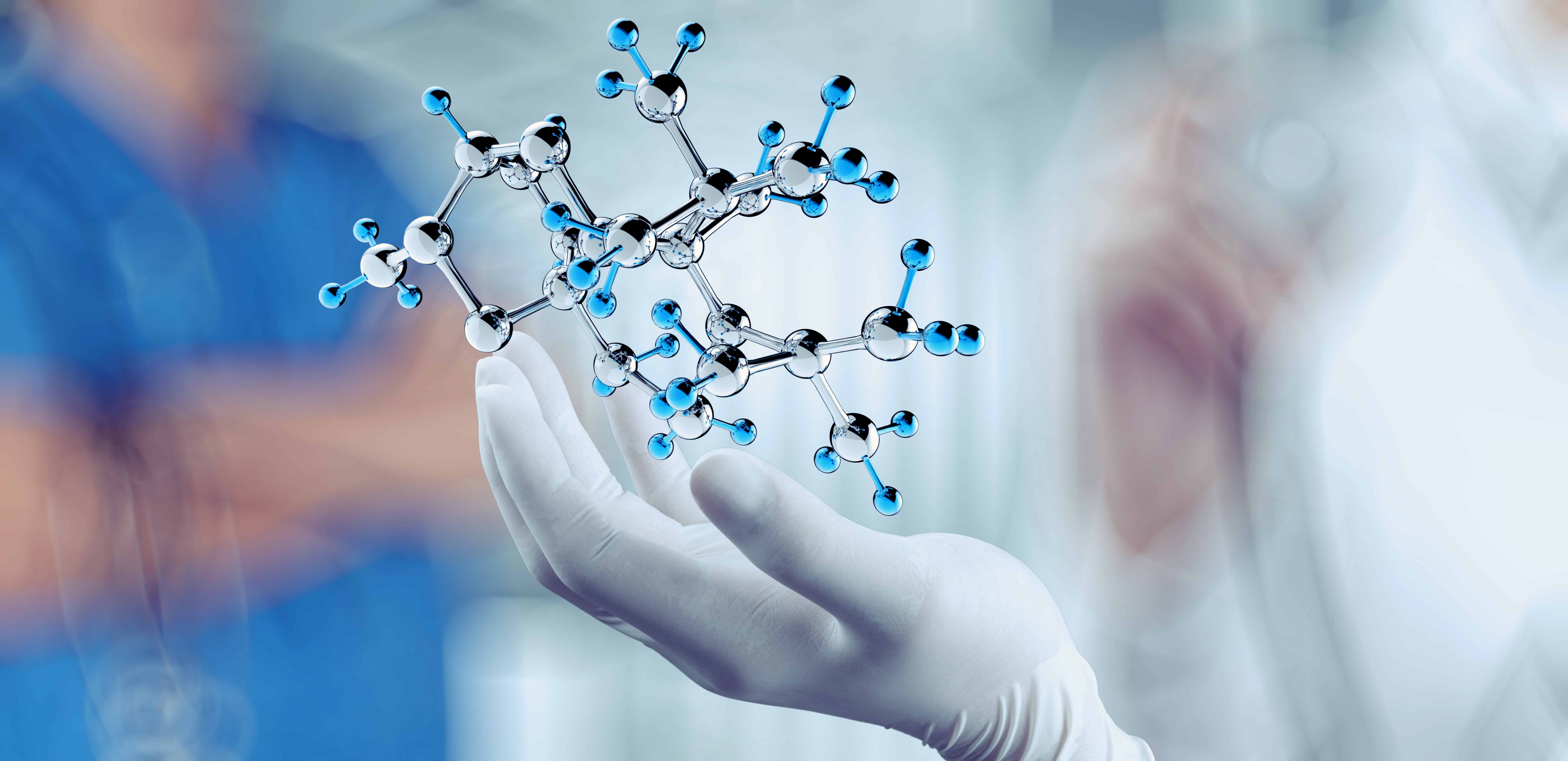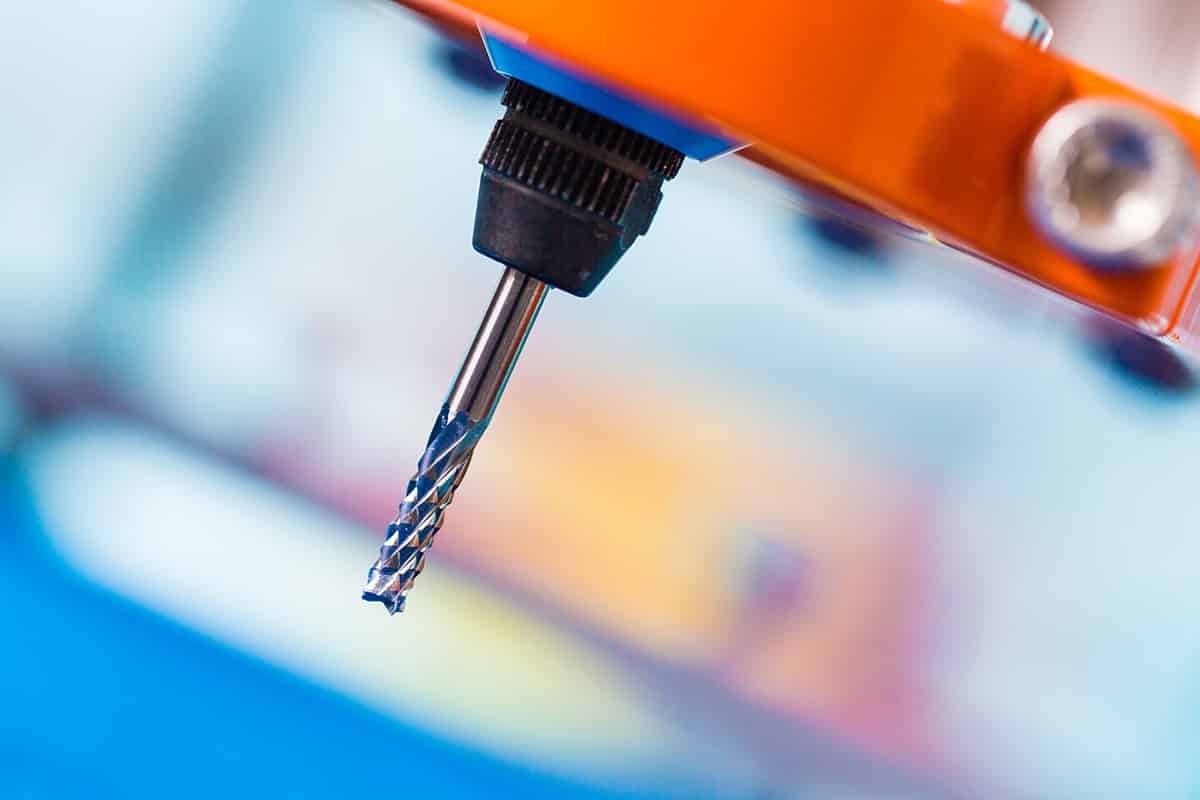What are the differences between real and synthetic diamonds
The main difference between real diamonds and synthetic diamonds is that, real diamonds are mined and synthetic diamonds are created in the laboratory.
Natural Diamonds are formed inside the earth mantle over millions of years at high temperatures and depth. Diamond is made of carbon and has a crystal structure.
Synthetic diamonds also known as “lab grown”, are not mined but are created in the laboratory. These diamonds are made from carbon and even have the same physical properties and chemical composition as natural diamonds. They are made by HPHT (High-Pressure High-temperature) or through commonly used CVD (Chemical Vapor deposition). They are designed to look like real diamonds and have the same characteristics.

The uses of Synthetic diamonds
Synthetic diamonds are lower priced compared to natural diamonds and therefore are used in many industrial applications.
One of these applications is PCD – Poly Crystalline Diamond. PCD is a synthetic diamond produced by sintering together selected diamond particles with a metal matrix at high temperature and high pressure.

The polycrystalline form is ‘isotropic’ – exhibiting uniform properties in all directions. The varying orientation of the constituent micron-sized synthetic diamond grains also provides a greater resistance to cleavage and PCD is therefore, a stronger material. PCD can be machined in electric-discharge machining (EDM) process due to conductive metal content, mostly cobalt. Still, diamond content of the PCD is 90-95%.
What we do with synthetic diamonds
In Telcon, we machine most of the PCD tools in Erosion (EDM) technology, which is applied in wire-cut EDM and disc shape EDM. Among our diamond cutting tools solutions, you can find: diamond drill bits, diamond countersinks and diamond end-mills. In each of these tool categories, you can find both PCD and CVD solutions. For example, you may find PCD drills and CVD drills, PCD end-mills and CVD end-mills for various applications.
